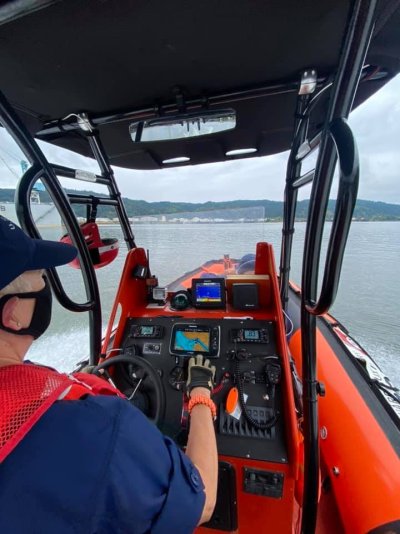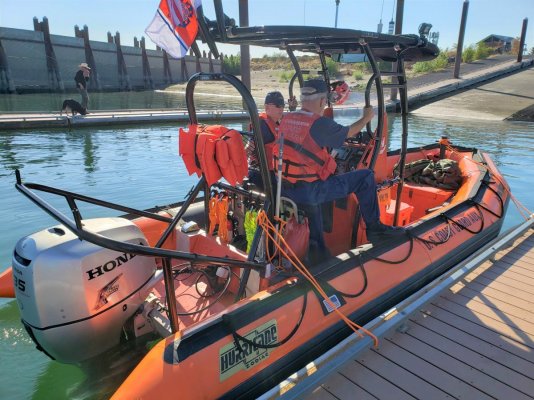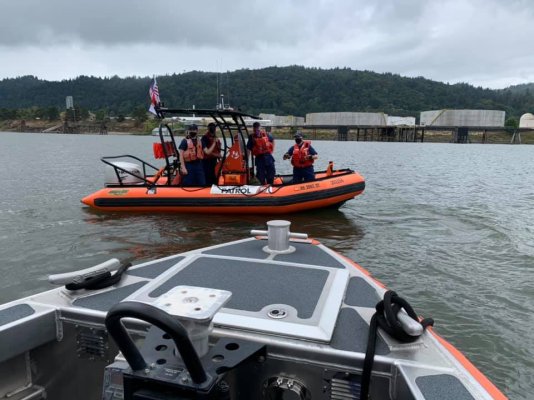Read this thread and appreciate how much it’s caused me to make use of the links and learn. But have a different philosophy than seems to be expressed here.
When working had an IT guy I paid for to keep things running, inform me what to get for hardware, troubleshoot software, act as the interface with the techs supporting proprietary software and such. One thing he stressed over and over was to the extent possible keep things segregated. That way the office could continue to run should one component of software or hardware fail, get contaminated or have other issue. Sure have them be able to talk to each other if it could be done without the risk of contamination but they should be able to run as standalone.
Hence on the boat although our various screens can mirror each other they can run completely independently of each other. They don’t share charts nor gps. Even though there’s availability of navionics , C-MAP etc on each each one has its independent source. For input failure points are
GPS - all (pads, computers, backbone) have independent sources.
AIS/radar-the backbone has its source and pads can mirror but otherwise use marine traffic with its latency and other difficulties.
Depth, wind, speedo etc.- don’t see any significant benefit sending this out beyond the backbone and related MFDs. The likely failure point is the instrument. Unless you have an independent source for each system (computer, mfd, pads) what have you gained? There’s no real increase in redundancy.
So I think it’s easy to get independent systems with their own gps source and their own independent chart source and vendor. But if linked you’re still limited by the sensors (depth, sonar, wind, radar, AIS, speed through water, cameras etc. ) being shared. My experience to date is its the sensors not the MFDs which are the weak point you can’t devise a workaround while underway. Have multiple MFDs. One fails go with the other. I’ve thought about adding a second AIS unit and a second sonar not hooked in to the MFDs backbone but rather available to the computer and pads. If I have an excess of boat bucks then a second radar.
So what I’m wondering is why do this stuff?



